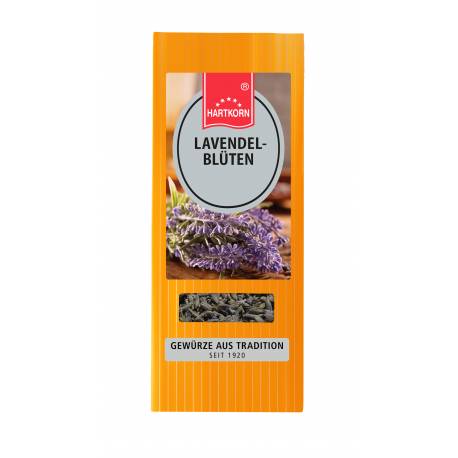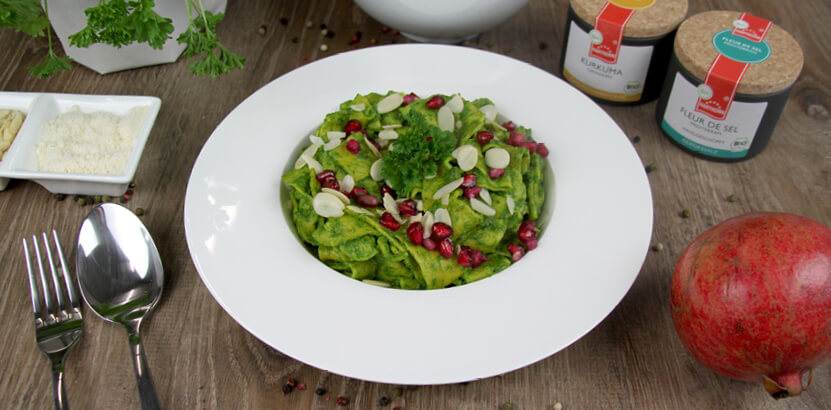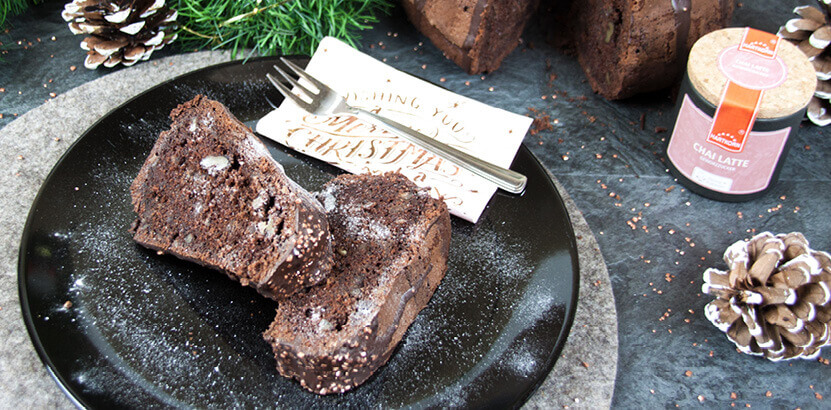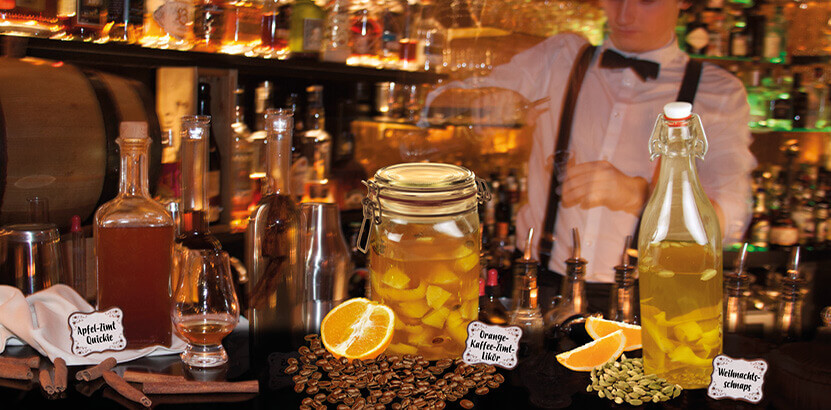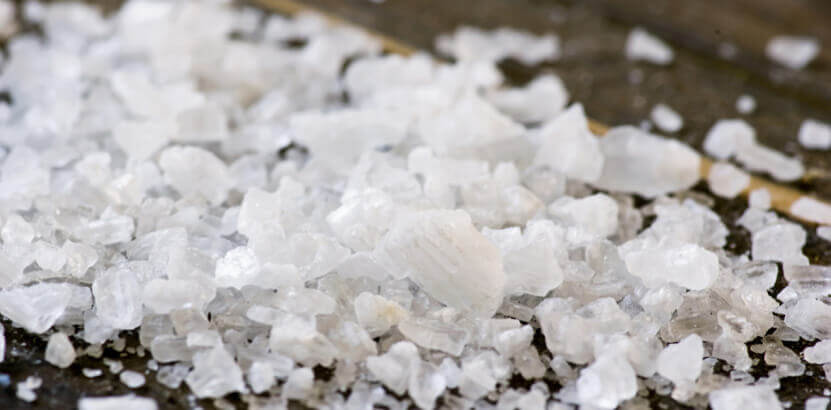Botanical family: origin: Classification: spice shape: flavor: odor: use: tip: knowledgeable: Suggested recipe: Botany: Real lavender is a gray-felted, hairy, aromatic shrub that can reach a height of 100 (rarely 200) centimeters. The branches are ascending, upright and strongly branched, stiffly upright and unbranched or they carry short shoots. The leaves are about 40 to 50 millimeters long, oppositely arranged, lanceolate, oblong or linear and narrow at both ends. They are blunt, with entire margins and more or less curled at the edges. When young, the leaves are gray-felted on the upper and lower sides, later they turn green. Home & Spread: cultivation & extraction: History: Lavender Flowers
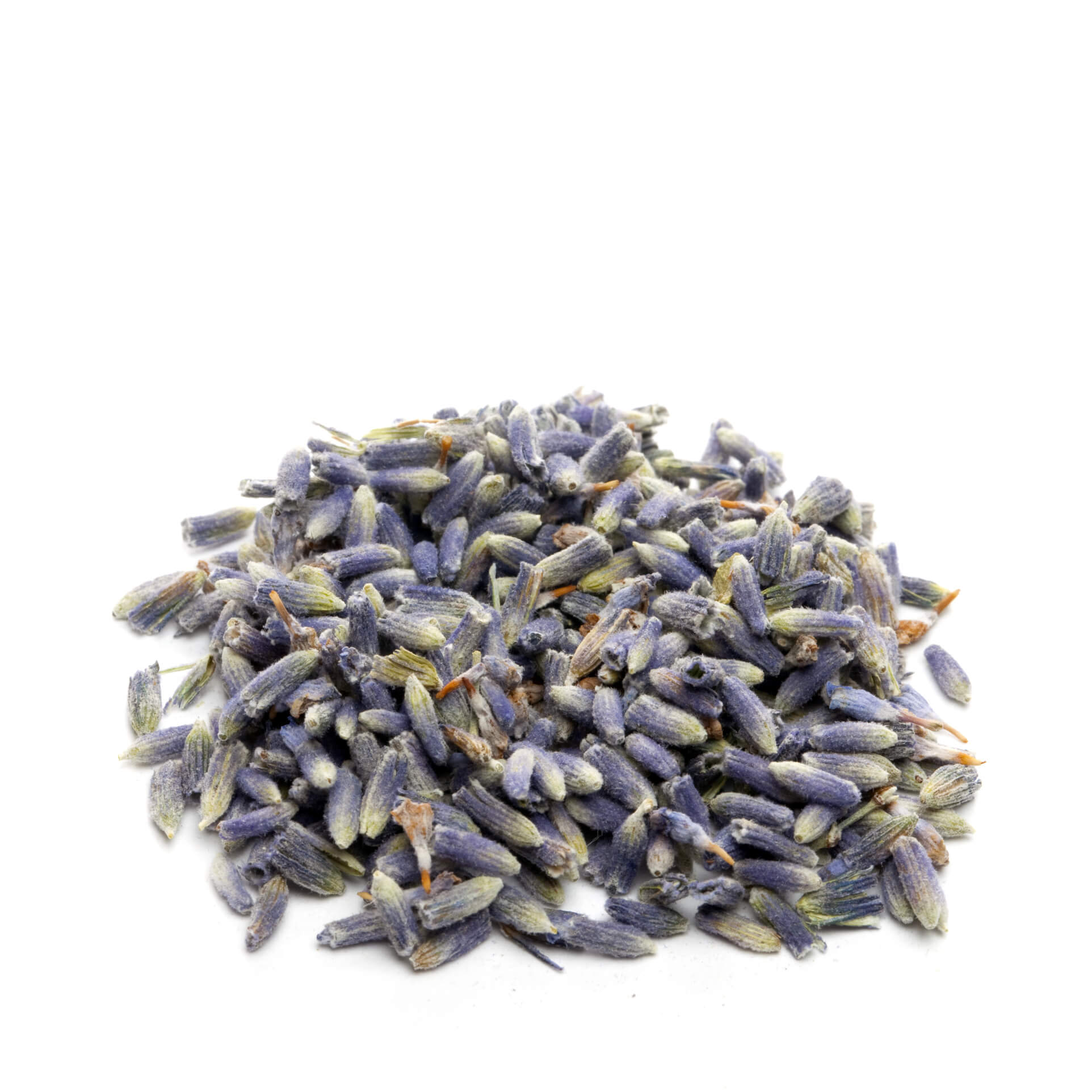 Botanical name:
Botanical name:
Lavandula angustifolia
flowering plants
coastal regions of the Mediterranean
spice
Blooms
bitter to spicy
aromatic, fresh
Suitable for the pleasant refinement of dishes such as stew, fish, poultry, lamb and in sauces and soups, and in smaller quantities also in salads. Lavender is often used in French, Italian and Spanish cuisine in particular. In avant-garde cuisine it is also used in desserts, e.g. in white chocolate mousse or in apricot sorbet. Lavender is part of the spice mixture Herbes de Provence.
Appetite for the unusual? Lavender vinegar or lavender oil transform every salad into an extravagant starter. Or just put some dried flowers in a glass with sugar, let it soak for about a week and use it for cakes, cookies or desserts like pudding or chocolate mousse.
In folk medicine, lavender is used for loss of appetite, asthma, flatulence, depression, flu, whooping cough, migraine, nausea, and digestive disorders. It is also used for nervous palpitations, general nervous hyperexcitability and nervous weakness. Externally it is used for rheumatism and gout, for wound treatment, as a skin irritant, insect bites, head lice, lip herpes, bad breath, sunburn and for muscle tension.
Lavender muffins: 2 tablespoons dried lavender flowers, 100 g cream, 150 g butter, 250 g flour, 2 go. TL baking powder, 2 eggs, 100 g crème fraîche, cream or sour cream, 150 g sugar, 1 packet vanilla sugar, 12 muffin baking trays, 12 paper cups or grease for the tray. Bring the lavender flowers and cream to the boil once in a pot, remove from the heat, cover and leave to stand for at least 12 hours. The next day, pour cream through a sieve, squeezing the flowers well. Preheat oven to 180 degrees (fan oven 160 degrees). Put the paper muffin cups on a baking tray or in a suitable baking form. Melt butter, mix flour and baking powder. Mix eggs with creme fraiche, sour cream or sour cream, sugar, vanilla sugar, lavender cream and butter. Quickly stir in the flour mixture. Fill the dough into small moulds and bake the muffins in the oven (middle) for 20-25 minutes. Remove, let cool down and take out of the tin.
The home of the lavender is originally the coastal regions of the Mediterranean area. There it is widespread on dry, warm slopes as far as Dalmatia and Greece, as well as in Tuscany in Italy. It grows sporadically up to the timberline on dry and rocky slopes. Today it is widespread throughout southern Europe. Benedictine monks introduced it north of the Alps. It is naturalized near Jena, Rudolstadt and Bad Blankenburg. At the turn of the 18th and 19th century, a larger population existed on the so-called Lavender Mountain near Laubenheim between Bingen and Bad Kreuznach, but the Lavender Mountain was converted around 1840. This was done by using the rootstocks as firewood and planting the area with vines for use as a vineyard. The same happened on Mont Vully near Murten in Switzerland. Otherwise, it is only planted in gardens as a perennial perennial and rarely runs wild. Lavender is the characteristic plant of high Provence.
Even more often than lavender, lavandin, a natural hybrid of lavender and spiked lavender (Lavandula latifolia), is cultivated in Provence. This is very often the basis for inexpensive essences and oils. However, their scent is weaker than that of products made from real lavender. The colder the area, the less odorous the lavender.
Pliny (23-79 BC) writes that the Romans used lavender to perfume their bath water. The name Lavandula is also derived from bathing (lavare).
http://de.wikipedia.org/wiki/Echter_Lavendel

